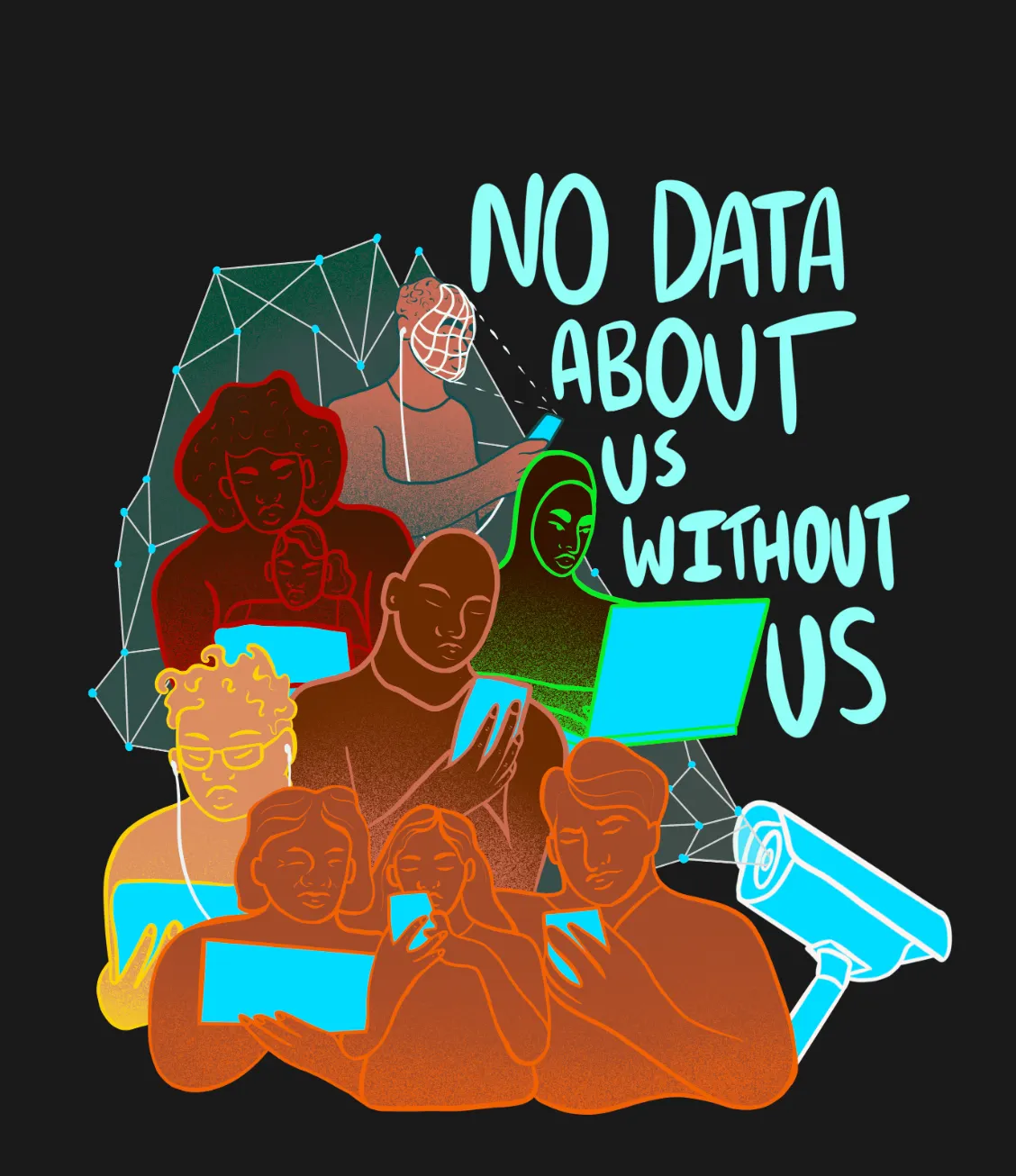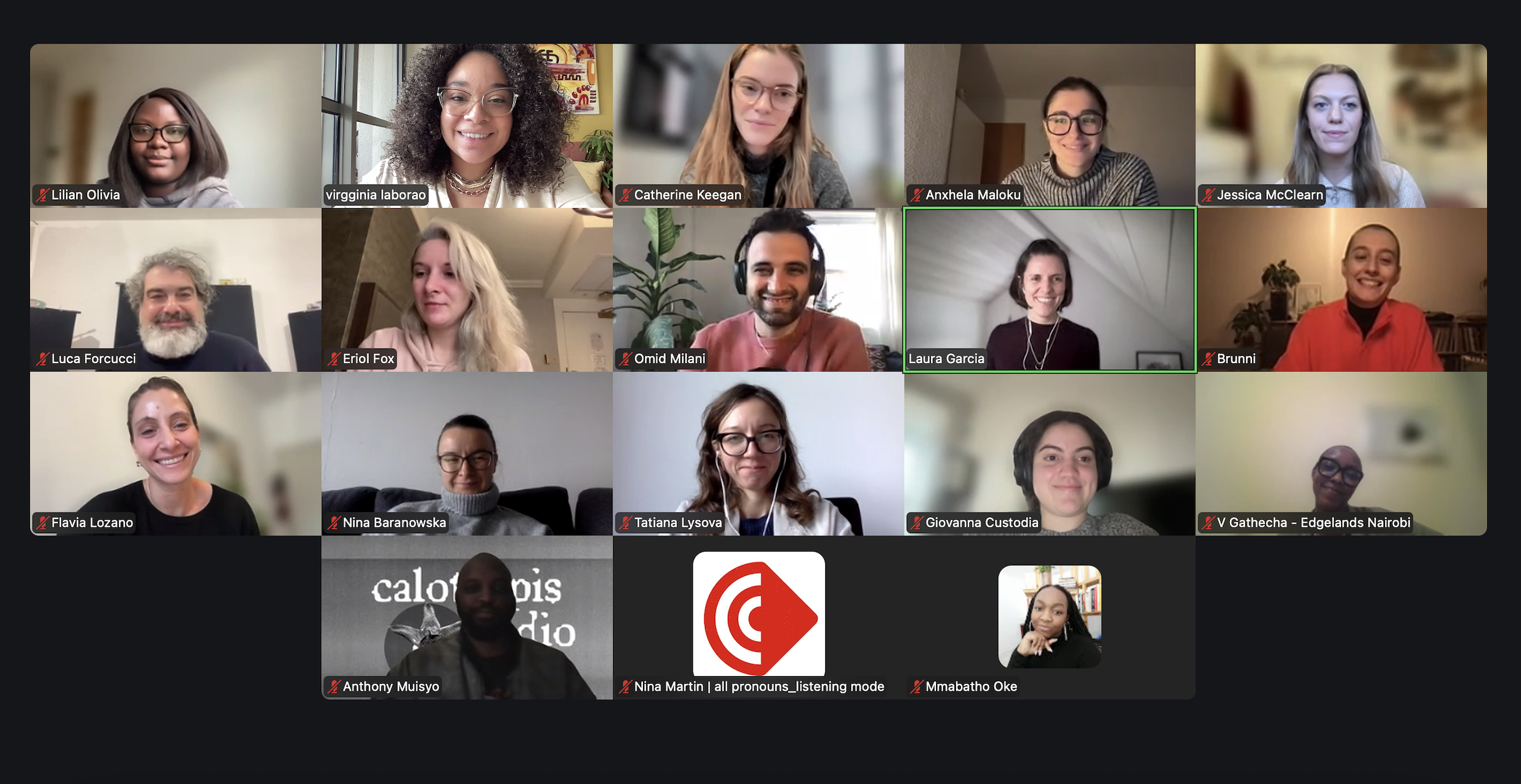Recommendations on security, surveillance and technology for the current government of the Special District of Science, Technology and Innovation of Medellin 2024-2027
This blog presents some of the reflections and recommendations of the Edgelands Institute on security, surveillance and technology based on the work developed in Medellin with public, private and social actors since 2021.

Photo: Alex Person for Unsplash
This blog presents some of the reflections and recommendations of the Edgelands Institute on security, surveillance and technology based on the work developed in Medellin with public, private and social actors since 2021. The first block of recommendations will be oriented towards security planning tools in terms of surveillance technologies, the second towards the use and evaluation of surveillance technologies, while the third block of recommendations focuses on institutional architecture.
Security planning tools in key surveillance technologies:
- It is essential that the District Development Plan 2024-2027 includes projects aimed at optimizing the use of CCTV, instead of merely increasing the number of cameras installed. Priority should be given to the articulation between the departments of the Mayor's Office that are responsible for their mission, their participation in the process of installation and management of cameras, as well as ensuring support in terms of resources required for its proper functioning
- It is necessary to establish mechanisms to ensure that the PISCC is effectively the roadmap for the investment of FONSET resources. Likewise, it is necessary to clearly establish the mechanisms, instances and processes for the allocation of resources through projects to security and justice agencies in the CTOP.
- The strategic horizon offered by the Public Policy on Security and Coexistence should be taken up again to articulate the security planning instruments so that the District Development Plan can effectively guide the PISCC in terms of investment in surveillance technologies.
- It is necessary to guarantee that the security planning instruments are articulated with the programs and projects of the different Secretariats in view of the new vocation of the city as a Science, Technology and Innovation District. Define tools and routes for the investment of economic resources in CTeI based on a systematic and impact evaluation of the effectiveness of technologies, programs and projects that have already been implemented.
- Authorities and stakeholders should not forget strategies that have had a positive impact on the city that have earned it national and international recognition, such as the improvement of public space, coexistence strategies, coordination of the institutional response, and the strengthening of the bonds of trust between authorities and community members to formulate a good security policy. Thinking about security and coexistence as phenomena with community and urban design pillars has proven to be a successful strategy in Medellin.
Use and evaluation of surveillance technologies:
- The use of surveillance technologies in public security issues should be an open conversation among the actors involved. Therefore, it is important to encourage a more active role of citizens and the District Council, in order to ensure transparency and access to information by the local government and the National Police. Citizens and organizations should be aware of the surveillance technologies that are implemented in the city and the protocols for their use.
- It is necessary for the district administration to consider technologies for security not as mere mentions in planning instruments or program and project packages. It is necessary to think from the technical and strategic component how these decisions and investments in technological matters are exercises based on empirical evidence and how it is possible to establish permanent monitoring and evaluation schemes that allow identifying their concrete impact in relation to the main problems of the city that they seek to intervene.
- In surveillance contexts, data must be treated in an ethical, critical, transparent and careful manner so as not to run the risk of amplifying and replicating biases that have affected and discriminated against places and populations. Keeping these issues in mind allows the quality of data processing to be improved, ensuring that the implementation of technology is at the service of the security of all and restoring trust between institutions and citizens.
- Security and surveillance technologies can present some problems in meeting the objective of their use in the long term. Technological tools such as security cameras may work in the short term to reduce the number of crimes in the areas where they are installed, but in the long term their effectiveness is diminished by the mobility of crime. It is pertinent to take this into account when making evaluations and cost-benefit analyses.
- It is important to inform citizens about the uses, applications and effectiveness of surveillance cameras in prevention. There is widespread distrust and a high perception of insecurity in areas where cameras and other technological devices are located.
- It is necessary to carry out various types of rigorous evaluations of the actual and potential results of the technologies employed, in order to identify whether the economic investments in these devices have effectively contributed to transforming the city's security problems.
- The city requires a technology plan for surveillance that accounts for the strategic orientation and allows in the long term to identify cost/benefit scenarios for the use of digital technologies.
- Clear and public guidelines and regulation should be established on the adoption, permitted uses of surveillance and artificial intelligence technologies in the city and data collected for security purposes.
Institutional architecture related to surveillance technologies:
- Promote coordination between government agencies and security and justice organizations that are part of the city's security ecosystem to increase the scope and usefulness of technological tools, optimize resources and make decisions based on technical criteria.
- The increase in technological capacity in security matters must be accompanied by the capacity of the National Police to respond to a potentially greater number of requirements; the implementation of technologies that lead to a potential increase in the number of requirements must be supported by adequate operational response strategies on the part of the National Police.
- The city has the challenge of training and creating an infrastructure to respond to cybercrime, since the capacity of institutional responses is insufficient.
- The Urban Security Company (ESU), as the main partner in the acquisition of technology for the Security and Coexistence Secretariat, must prioritize criteria of transparency and technical rigor.



